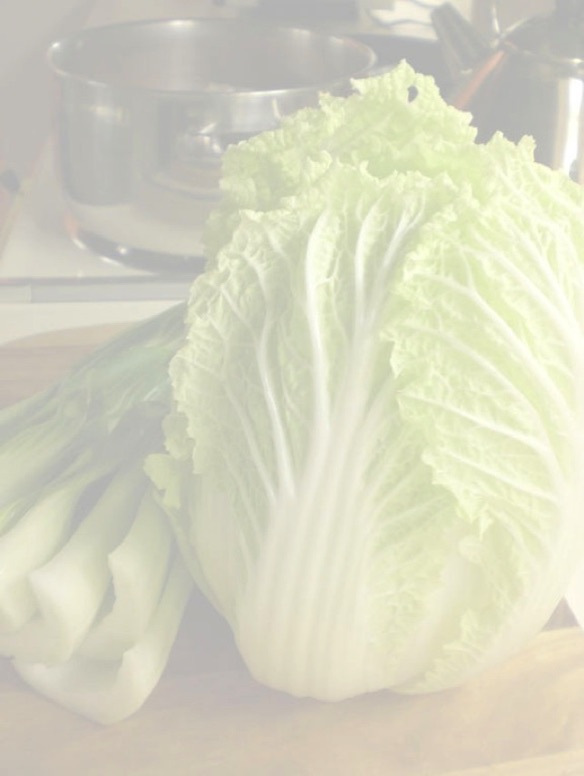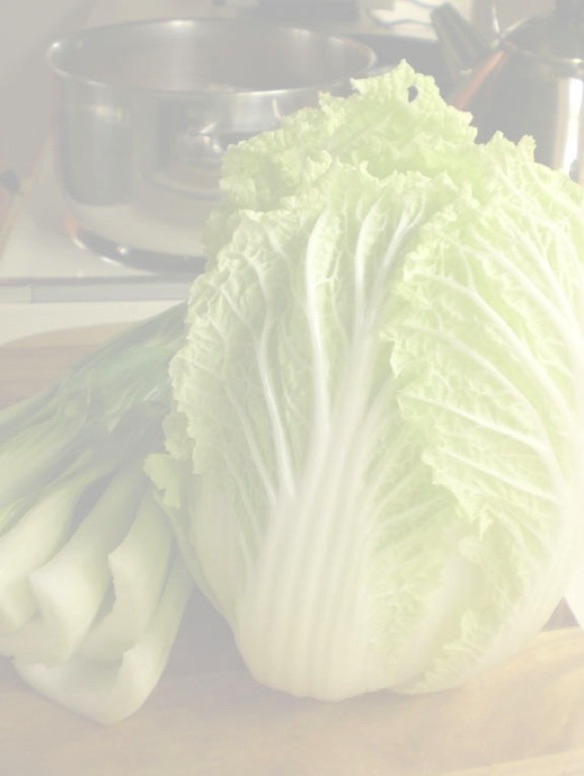
Nutritional Bites ... Bocados Nutritivos
References ... Referencias

Make unrefined foods 90% of your diet. Enjoy them raw, or simply cooked with minimal processing. Refine your taste buds!
The leafy greens and colorful vegetables have abundant phytochemicals that protect your health. Free of fat, they contain water, vitamins, minerals, and anti-oxidants within a fibrous body which in your intestine acts much like a sponge to retain moisture and drag away waste.
The roots and other solid vegetables suggest with their variety of colors the abundant nutrition within. Some of our kitchens rely on rice and beans, others on pasta and tomato. Dare and try something new.
Fruits are a delicious way to include even more variety of flavor and nutrition. Combine them with other specimens from this selection, sprinkle a fistful of nuts, and taste your new dish.
Nuts and seeds are a concentrated food. Remember that within them are the calories necessary for the underground sprout to push its way to the sunlight before it can begin making its own food. Use them sparingly.
Make unrefined foods 90% of your diet. Enjoy them raw, or simply cooked with minimal processing. Refine your taste buds!
Brassica vegetables bear cross-shaped flowers and are also known as Cruciferous vegetables. This special group of vegetables includes Arugula, Broccoli, Cauliflower, Brussels Sprouts, Cabbage, Watercress, Bok Choy, Turnip Greens, Mustard Greens, and Collard Greens, Rutabaga, Napa or Chinese Cabbage, Radish, Daikon, Turnip, Kohlrabi, and Kale. Many substances found in these vegetables stimulate our bodies to break down potential carcinogens, thereby helping normal cells from becoming cancerous. Nutrients in Cruciferous vegetables help reduce the size and growth of tumors and delay the onset of some cancers. Cruciferous vegetables also help lower homocysteine, which is a marker associated with a higher risk of cardiovascular disease.
INTRODUCCION a PLANTAS ALIMENTICIAS
Haz que el 90% de tu dieta consista de ingredientes no procesados. Goza algunos crudos, otros al vapor, y el resto cocidos y sazonados a tu gusto. Estimula tu paladar.
Las hojas y los vegetales de colores abundan en fitoquímicos que protegen tu salud. Desprovistos de grasa contienen agua, vitaminas, minerales, y antioxidantes, en una envoltura de celulosa (fibra) que actúa en el intestino como una esponja que retiene humedad y arrastra los desperdicios.
Las raíces y otros vegetales sólidos sugieren, con su variedad de colores, cuánta nutrición abunda en ellos. En muchas de nuestras cocinas no pueden faltar los granos y las habichuelas al igual que en otras la pasta y el tomate. Aventúrate a probar algo nuevo.
Las frutas son una manera deliciosa de incluir mas variedad de sabor y nutrición. Combínalas con otros alimentos en esta selección de plantas, riégale un puñado de nueces, y saborea tu nueva creación.
Las nueces y semillas son alimento concentrado. Recuerda que ellas contienen las calorías necesarias para comenzar una plantita bajo tierra hasta que ésta salga al sol y pueda fabricar por sí misma. Úsalas con mesura.
¡Refina tu paladar!
©2008 Ana M. Negrón MD
